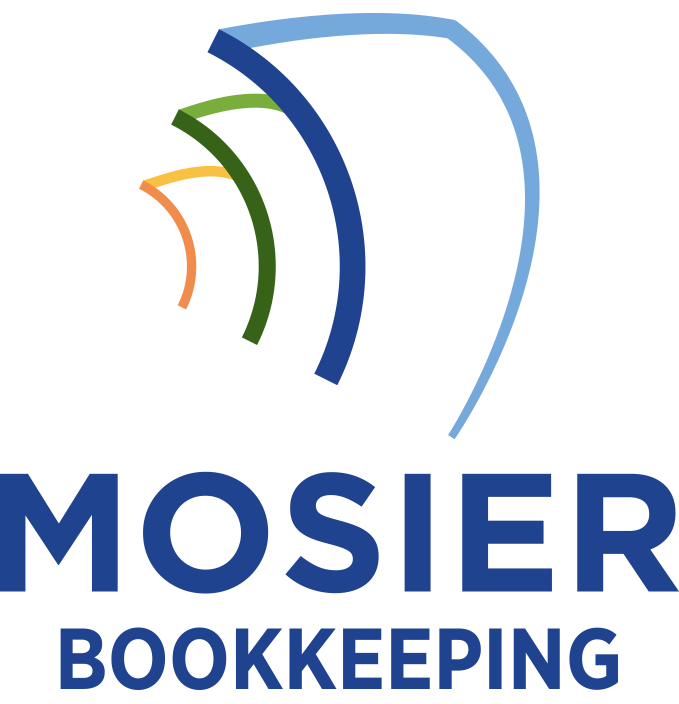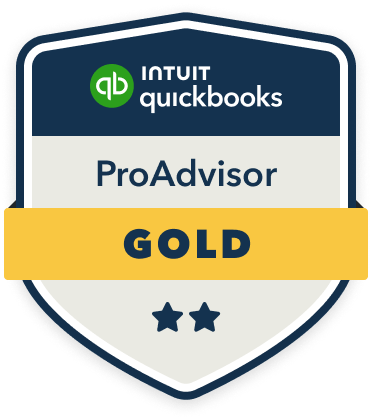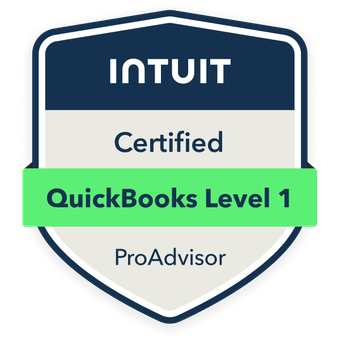Key bookkeeping challenges for IP initiatives include accurately valuing intangible assets, allocating R&D costs, tracking global registration fees, and managing licensing agreements. I’ve found that implementing specialized tracking systems, establishing clear capitalization criteria, and documenting exchange rate fluctuations are essential solutions. You’ll also need meticulous project cost allocation and standardized revenue recognition protocols. The complexities of IP financial management extend far beyond these fundamental aspects.
Valuing and Recording Intangible IP Assets

How do businesses accurately capture the worth of their intellectual property on their books? I’ll show you the critical steps to master this complex valuation process.
First, I assess IP value using three primary methods: the cost approach (determining development expenses), market approach (comparing similar IP sales), and income approach (calculating future revenue potential). I then record these intangible assets on the balance sheet at their fair market value, accounting for amortization over their useful life.
When I identify a value impairment, I immediately adjust the carrying amount and document the basis for the write-down. This guarantees transparency and maintains accurate financial reporting.
Managing Research and Development Cost Allocation
I’ve found that managing R&D cost allocation requires meticulous project cost tracking systems to capture both direct expenses and overhead accurately across multiple IP initiatives. When evaluating whether to capitalize or expense R&D costs, I must analyze each expenditure against specific accounting criteria while considering the project’s stage of technical and commercial feasibility. Tracking R&D staff time presents a unique challenge, as I need to implement detailed timekeeping protocols that allocate personnel hours across different projects while maintaining compliance with accounting standards for intellectual property development.
Project Cost Tracking Methods
Tracking research and development costs for intellectual property projects demands sophisticated allocation methods that align with both accounting standards and strategic objectives. I recommend implementing a multi-tier tracking system that separates direct costs, indirect expenses, and overhead allocations. You’ll need to establish project codes, track labor hours precisely, and document all research-related expenditures.
I’ve found that integrating time-tracking software with your accounting system creates an audit trail while capturing real-time data. This approach lets you analyze cost patterns, identify resource-intensive phases, and make data-driven decisions about project viability. Consider adopting activity-based costing to pinpoint which IP initiatives consume the most resources.
Capitalization vs. Expense Decisions
While accounting for research and development costs presents complex challenges, determining whether to capitalize or expense IP-related expenditures requires careful analysis under GAAP and IFRS frameworks. I’ll help you examine the specific criteria for capitalization: the expenditure must have probable future economic benefits and be measurable with reliability.
I recommend capitalizing development costs only when you’ve established technical feasibility, demonstrated intent to complete the IP asset, and verified your ability to use or sell it. Otherwise, expense the costs immediately. For patents and trademarks, I advise capitalizing legal and registration fees while expensing maintenance costs as they occur.
R&D Staff Time Management
Proper allocation of R&D staff time presents one of the most critical challenges in intellectual property accounting. I’ve found that tracking hours across multiple projects requires sophisticated systems to capture both direct and indirect costs accurately.
| Time Category | Accounting Treatment | Impact on IP Value |
|---|---|---|
| Direct Research | Capitalize | High ROI Potential |
| Support Activities | Expense | Operational Cost |
| Documentation | Mixed Treatment | Compliance Value |
| Testing | Project Dependent | Validation Worth |
| Administration | Expense | Overhead Factor |
I recommend implementing real-time tracking software with project codes to segregate capitalizable versus expensable hours. This guarantees precise allocation while maintaining audit-ready documentation for patent applications and tax purposes.
Tracking Global IP Registration and Maintenance Fees
Managing global IP fees requires meticulous tracking of currency exchange rates that can greatly impact your total registration and maintenance costs across different jurisdictions. I find that exchange rate fluctuations can create unexpected variances in budgeted versus actual expenses, especially when dealing with multiple patent offices that require payments in their local currencies. You’ll need a robust system to monitor and meet numerous payment deadlines across various IP offices worldwide, as missing these deadlines can result in severe consequences, including the loss of intellectual property rights.
Currency Exchange Rate Impact
Businesses dealing with global intellectual property face significant currency exchange rate fluctuations when tracking registration and maintenance fees across multiple jurisdictions.
I recommend implementing real-time forex monitoring systems to mitigate exchange rate risks. You’ll need to establish clear accounting policies for converting foreign currencies and recording gains or losses. I advise setting up dedicated forex hedging strategies to protect against adverse rate movements.
Your bookkeeping system must track both the original transaction amounts and their USD equivalents, while maintaining detailed documentation of exchange rates used. Consider working with international banks offering specialized IP payment services to streamline currency conversions and reduce transaction costs.
Fee Payment Deadline Management
The complex nature of global IP fee deadlines demands a systematic approach to guarantee costly lapses in protection. I recommend implementing an automated deadline tracking system that monitors multiple jurisdictions’ maintenance fees, renewal dates, and examination fees. You’ll need to integrate this with your accounting software to forecast cash flow requirements and allocate resources effectively.
I’ve found that centralizing deadline management through specialized IP management platforms reduces risks of missed payments. You can set up multi-tier alerts, assign responsibility hierarchies, and maintain detailed audit trails. This approach secures your IP assets remain protected while optimizing your working capital management across international portfolios.
Documenting IP Licensing and Royalty Agreements
Proper documentation of intellectual property licensing and royalty agreements requires meticulous attention to financial record-keeping. I recommend implementing a specialized tracking system that captures all revenue streams, payment schedules, and contractual obligations. You’ll need to maintain detailed records of incoming royalties, outgoing payments, and any cross-licensing arrangements.
I’ve found that successful documentation hinges on three critical elements: standardized agreement templates, automated revenue recognition protocols, and clear audit trails. You must establish precise procedures for recording both monetary and non-monetary exchanges, ensuring compliance with accounting standards while protecting your IP assets’ value through extensive documentation.
Navigating Tax Implications of IP Ownership

Maneuvering tax implications for intellectual property ownership involves five critical considerations that impact your company’s financial reporting and tax liability. I’ll guide you through the core tax implications you must address as an IP owner.
| Tax Consideration | Strategic Impact |
|---|---|
| R&D Tax Credits | 14-20% reduction in development costs |
| IP Amortization | Depreciation over 15-year timeline |
| Transfer Pricing | Cross-border transaction optimization |
| Patent Box Regimes | Reduced tax rates on IP income |
You’ll need to meticulously document IP development costs, track jurisdictional tax treatments, and leverage available incentives. I recommend implementing a robust tax planning strategy that maximizes your IP portfolio’s tax efficiency while maintaining compliance.
Implementing Internal Controls for IP Financial Management
While developing an extensive IP portfolio requires significant investment, establishing robust internal controls for financial management remains vital for protecting these valuable assets. I recommend implementing segregation of duties for IP-related transactions, requiring dual authorization for significant licensing agreements, and maintaining detailed documentation of all IP valuations and royalty calculations.
You’ll need to establish clear protocols for tracking IP development costs, monitoring licensing revenue streams, and reconciling IP-related accounts. I suggest deploying automated systems to flag unusual transactions and creating audit trails for all IP-related financial activities. These controls will safeguard your intellectual property assets and guarantee accurate financial reporting.
